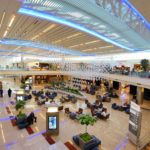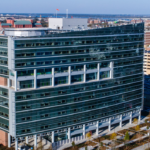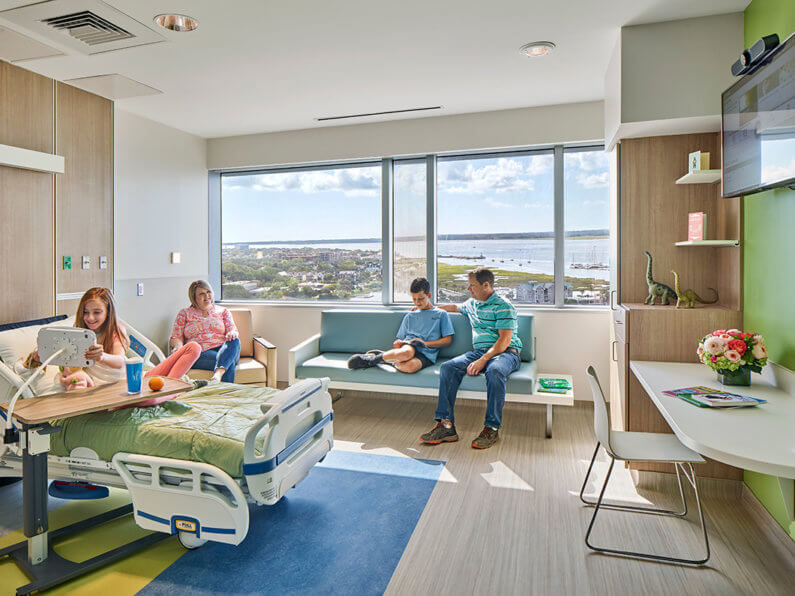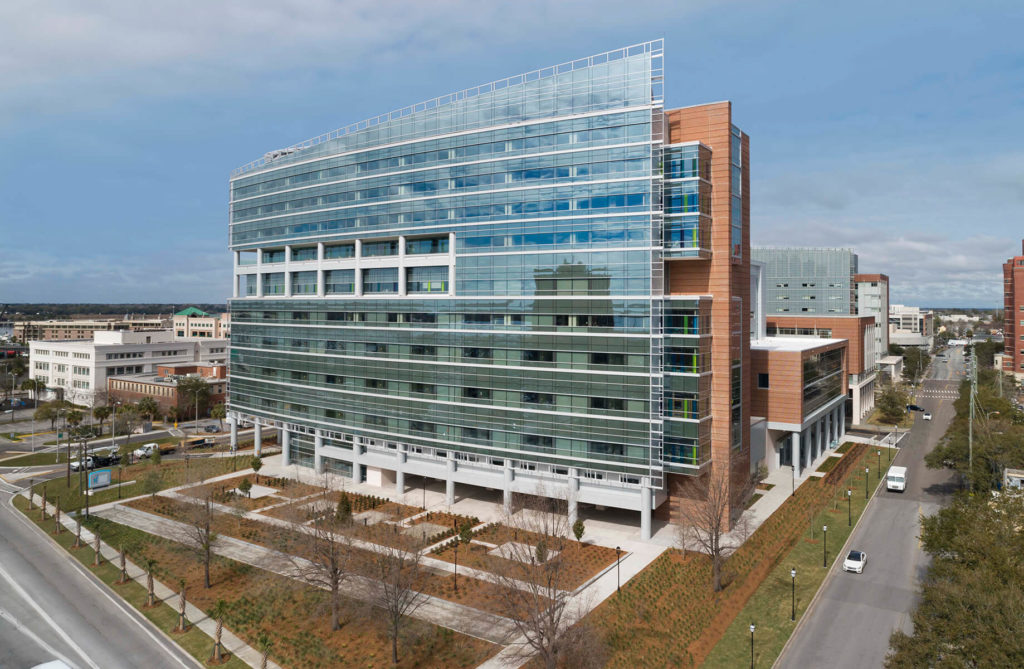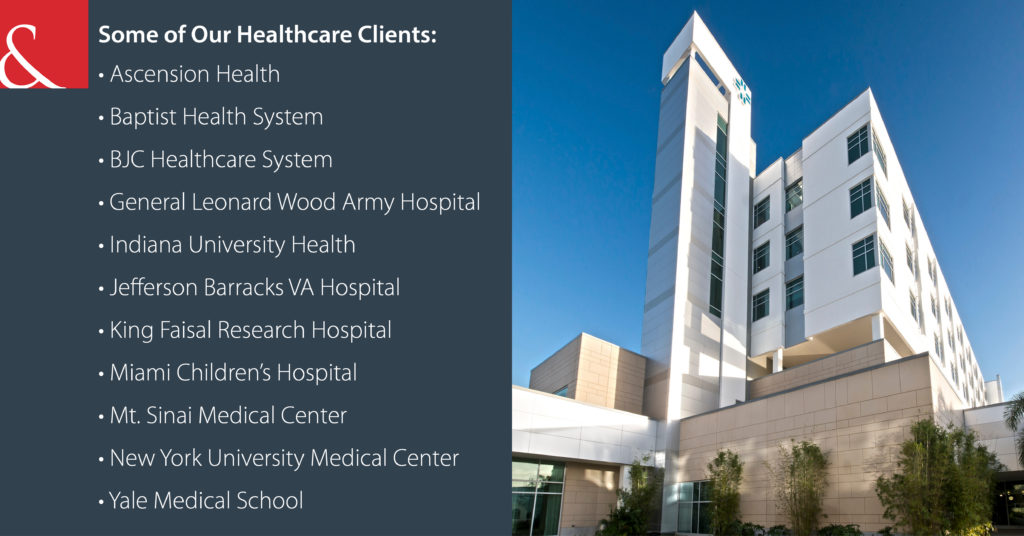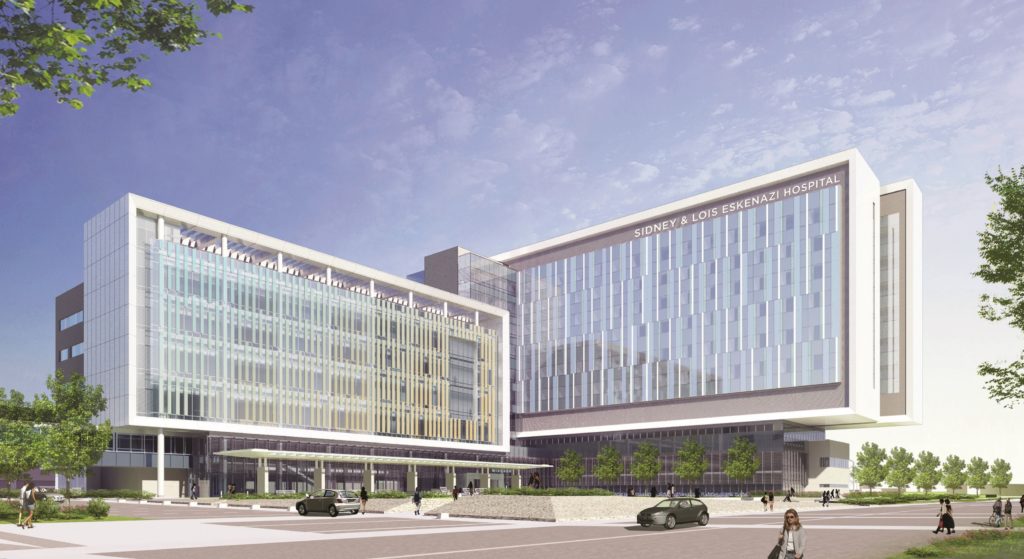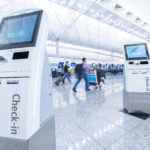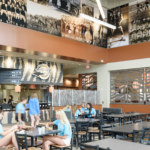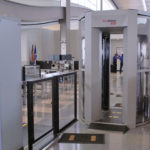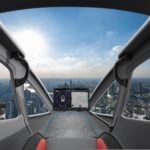In “the business” – those familiar with the vagaries of aviation security – we too often get so immersed that we lose context. Aviation security is not in fact a steady-state feature of aviation, but a constantly evolving response to moving circumstances.
In the Beginning
Commercial aviation originated as a means to provide relatively unfettered public transportation across large distances. Air transport is inherently vulnerable to unlawful interference and attack. Air flight has also always been a spectacular and visible feat, enhancing the system’s attractiveness as a target for activity seeking spectacular attention.
These very achievements – reliable and speedy long-distance travel and technical mastery of human flight – have brought into existence a particular form of malice and a particular set of solutions to it, collectively known as aviation security.
Criminal intervention in aviation is nearly as old as commercial flight. The first record of a hijacked aircraft is in 1930 when a Pan American mail plane was hijacked by Peruvian revolutionaries seeking to drop leaflets over Lima. Security-related incidents tended to be dominated by aircraft hijacking for several decades thereafter, usually by persons seeking expeditious political asylum, rather than political leverage.
International security approaches followed this trend, with the gradual introduction of magnetic screening devices aimed at detecting guns and other metallic weapons being carried onto airplanes.
The situation changed dramatically in the 1980s with the appearance of terrorist bombings of aircraft. Beginning with TWA #843 and culminating in the 1988 bombing of Pan American #103 in Lockerbie, radical organizations sought to create terror and call attention to their causes by the destruction of aircraft in flight. This development, coincident with the rapid development of electronic systems, ushered in the modern era of aviation security.
Prior to 1988, although international aviation governing agencies were in existence, no comprehensive regulatory guidance was available and the technical approaches to securing the aviation system were sporadic and largely manual.
Advent of Electronic Security 1988-2001
Two seminal documents were forged in the late 1980s: The International Civil Aviation Organization (ICAO) formulated Annex 17 to the Chicago Convention outlining international aviation security standards, and the US Federal Aviation Administration (FAA) issued Part 107 to the Code of Federal Regulation 49. These governmental responses to aviation terrorism produced the first appearance of electronic security.
By 2001, virtually every commercial airport had incorporated the most basic security measures, including delineation of security zones, electronic badge access to secure zones, control between public and sterile areas, electronic control of security badges, radiographic and magnetic screening of departing passengers and luggage and some form of video surveillance in critical areas. A body of knowledge grew up in this period, industry committees were formed and the business of aviation security matured into a relatively widespread feature of air travel and aviation operations.
Modern Integrated Security 2001
The attacks on the United States on September 11, 2001, opened a new chapter in threats and responses to aviation security, which produced – again, in conjunction with rapid technological developments – a host of more integrated and effective security approaches and solutions. The “Post 9/11” aviation security environment shifted to address the specter of suicide attacks including the use of aircraft itself as an instrument of terror and destruction.
Interestingly, some of the more advanced security strategies have resulted from the realization that reliance on technology alone does not provide the most comprehensive and effective measures to secure the system. Advanced practitioners began to adopt models of balanced security, layered concentric security, integrated security processes with building design and technology, and establishment of situational and domain awareness.
The global picture for aviation security was altered dramatically in 2001, as both regulatory influences and heightened awareness combined to create a massive demand for new security technologies. Rapid introduction of new products and technologies ensued and continues in the current decade. The global homeland security market has been estimated at $200 billion, with as much as 10% of the total devoted to the aviation industry.
Key advances in aviation include:
- Internet Protocol (IP) Video: introduction of advanced IP video cameras and all-digital systems.
- RADAR Applications: use of shortwave radio detection and ranging (RADAR) for anomaly detection and integration into airport security.
- Physical Security Information Management ( PSIM ): software and applications to integrate multiple independent sensors/technologies to create comprehensive domain awareness.
- Biometric Technologies: use of personal characteristics, such as fingerprints, hand geometry, retina, and face recognition, to establish and authenticate identity.
- Advanced Passenger Imaging: use of millimeter wave and backscatter technologies for passenger screening.
- Air Cargo Imaging: deployment of conventional radiography and explosive trace detection technologies for large-scale screening of inbound air cargo.
Aviation security is not a steady-state business. It changes with the world and the world of flight.
Yr Obdnt Svt,
Dave
About the Author:
David Kipp leads Ross & Baruzzini’s Domestic Aviation and Rail/Transit/Communications market areas. In the course of his 27-year career, he has led complex technology projects across the globe as a project executive and practitioner. Dave is also a respected advisor to many public sector clients, universities, and healthcare systems seeking objective and trusted counsel on information technology, communications, critical operations, wireless, and security issues.

